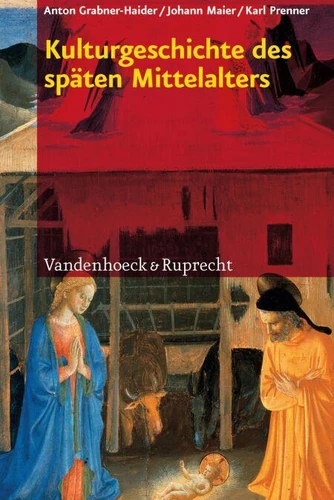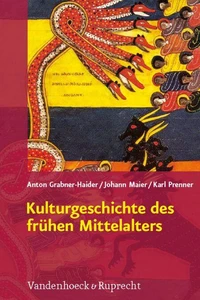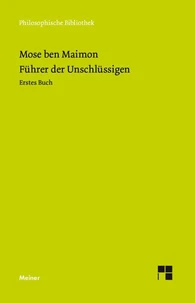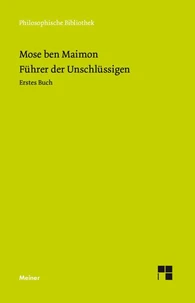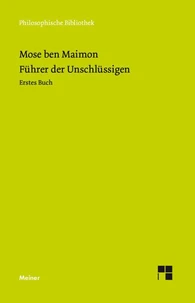Kulturgeschichte des späten Mittelalters. Von 1200 bis 1500 n.Chr
Par : , ,Formats :
Disponible dans votre compte client Decitre ou Furet du Nord dès validation de votre commande. Le format PDF est :
- Compatible avec une lecture sur My Vivlio (smartphone, tablette, ordinateur)
- Compatible avec une lecture sur liseuses Vivlio
- Pour les liseuses autres que Vivlio, vous devez utiliser le logiciel Adobe Digital Edition. Non compatible avec la lecture sur les liseuses Kindle, Remarkable et Sony
 , qui est-ce ?
, qui est-ce ?Notre partenaire de plateforme de lecture numérique où vous retrouverez l'ensemble de vos ebooks gratuitement
Pour en savoir plus sur nos ebooks, consultez notre aide en ligne ici
- Nombre de pages297
- FormatPDF
- ISBN978-3-647-53038-3
- EAN9783647530383
- Date de parution12/09/2012
- Protection num.pas de protection
- Taille5 Mo
- Infos supplémentairespdf
- ÉditeurVandenhoeck & Ruprecht
Résumé
This book informs about culture and the ways of thinking in Europe in the late Middle Ages. The concept of culture follows the intention of Pragmatic Philosophy (from W. James to R. Rorty). Special areas of study are: social dynamics, forms of government, religious teachings, moral intentions, philosophical doctrines, exchange with Jews and the Islamic culture, consecution of the »heretics« , development of natural science, literature, poetry, architecture and painting.
Altogether the book intends to show the various forms of life and the worlds of ideas of the era; it builds a strong bridge for a better understanding of our cultural memory in modern times.
Altogether the book intends to show the various forms of life and the worlds of ideas of the era; it builds a strong bridge for a better understanding of our cultural memory in modern times.
This book informs about culture and the ways of thinking in Europe in the late Middle Ages. The concept of culture follows the intention of Pragmatic Philosophy (from W. James to R. Rorty). Special areas of study are: social dynamics, forms of government, religious teachings, moral intentions, philosophical doctrines, exchange with Jews and the Islamic culture, consecution of the »heretics« , development of natural science, literature, poetry, architecture and painting.
Altogether the book intends to show the various forms of life and the worlds of ideas of the era; it builds a strong bridge for a better understanding of our cultural memory in modern times.
Altogether the book intends to show the various forms of life and the worlds of ideas of the era; it builds a strong bridge for a better understanding of our cultural memory in modern times.

